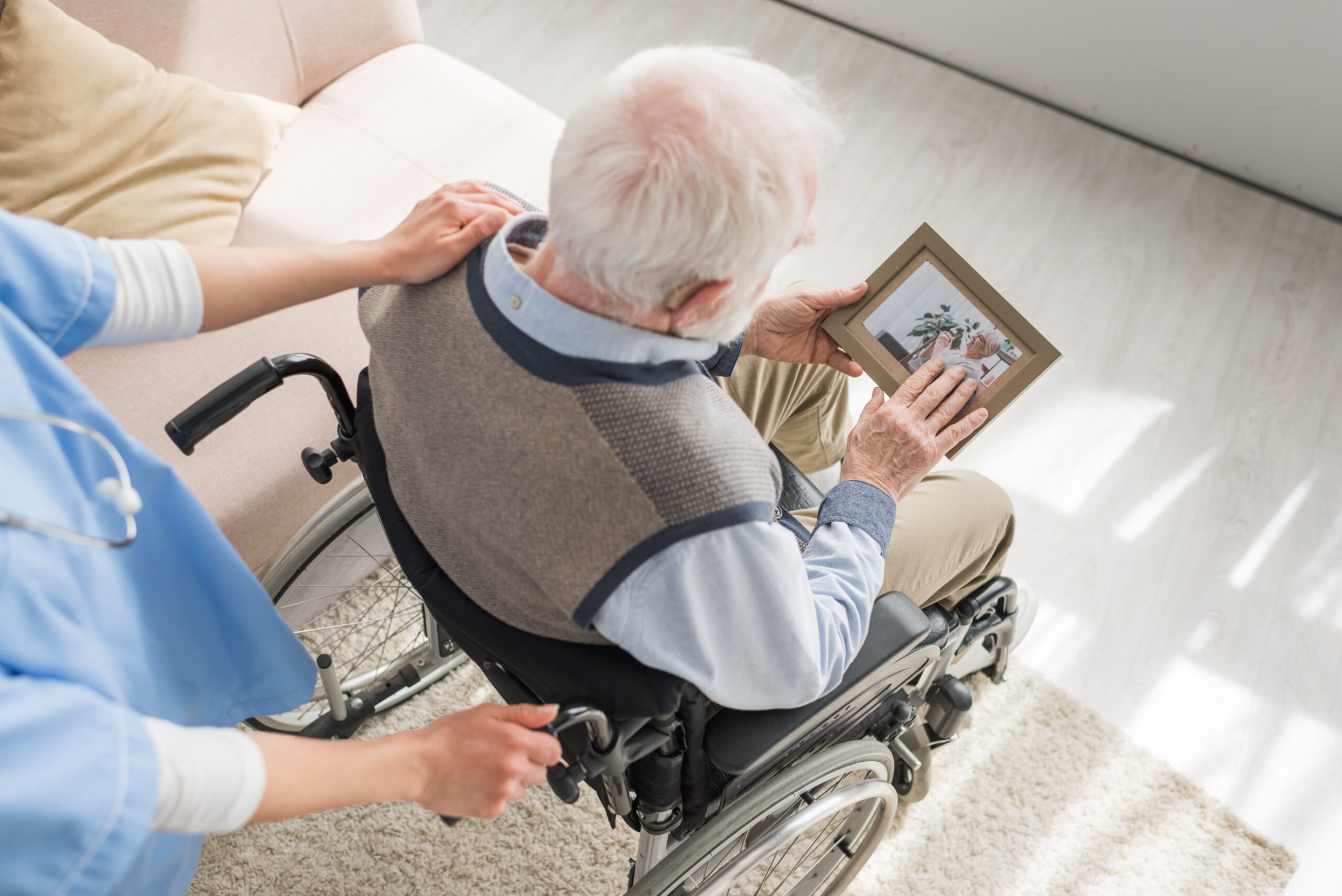Joint Pain During Menopause: 9 Natural Remedies That Actually Work
Menopause can bring many changes to the body, and one common issue women face during this time is joint pain. This discomfort happens because hormone levels, especially estrogen, drop and affect the joints and muscles. The good news is there are natural ways to ease this pain without relying solely on medications. Here are nine remedies that really work.
**1. Eat Anti-Inflammatory Foods**
Certain foods help fight inflammation in the body, which can reduce joint pain. Berries, leafy greens like spinach and kale, tomatoes, fatty fish such as salmon, nuts, olive oil, turmeric, ginger, and green tea all have anti-inflammatory properties. Avoiding processed foods like white bread, fried items, red meat, sugary drinks, and margarine can also help keep inflammation down.
**2. Stay Active with Gentle Exercise**
Moving regularly keeps your joints flexible and lubricated. Low-impact activities such as walking, swimming or cycling are easier on sore joints than high-impact exercises like running or jumping.
**3. Maintain a Healthy Weight**
Extra weight puts more pressure on your hips and knees which makes joint pain worse during menopause. Losing even a small amount of weight can relieve stress on these joints significantly.
**4. Use Turmeric for Its Healing Power**
Turmeric contains curcumin—a powerful compound known to reduce inflammation in joints—helping ease stiffness and improve mobility during menopause-related joint pain. You can add turmeric powder to meals or take it as a supplement (just pair it with black pepper to boost absorption).
**5. Try Hot or Cold Therapy**
Applying heat packs relaxes stiff muscles around painful joints while cold packs reduce swelling when inflammation flares up.
**6. Consider Herbal Helpers Like Ashwagandha & Black Cohosh**
Ashwagandha helps balance hormones naturally while reducing stress that may worsen symptoms including joint aches; Black Cohosh has been used traditionally for menopausal symptoms including muscle discomfort by calming inflammation.
**7. Drink Plenty of Water & Stay Hydrated**
Hydration supports healthy cartilage between joints so drinking enough water daily helps keep them cushioned properly.
**8. Practice Gentle Stretching or Yoga**
Stretching improves flexibility around painful areas without putting too much strain on them; yoga also promotes relaxation which eases overall tension contributing to discomfort.
**9.Take Care of Your Bones with Nutrients Like Calcium & Vitamin D**
Menopause increases risk for bone thinning leading to fragile bones that hurt more easily; eating calcium-rich foods (dairy products or fortified plant milks) plus getting safe sun exposure for vitamin D supports stronger bones protecting against joint issues long-term.
These natural approaches work together by reducing inflammation inside your body while strengthening muscles around your joints so they support movement better through menopause’s challenges — helping you feel more comfortable every day without harsh treatments weighing you down!





